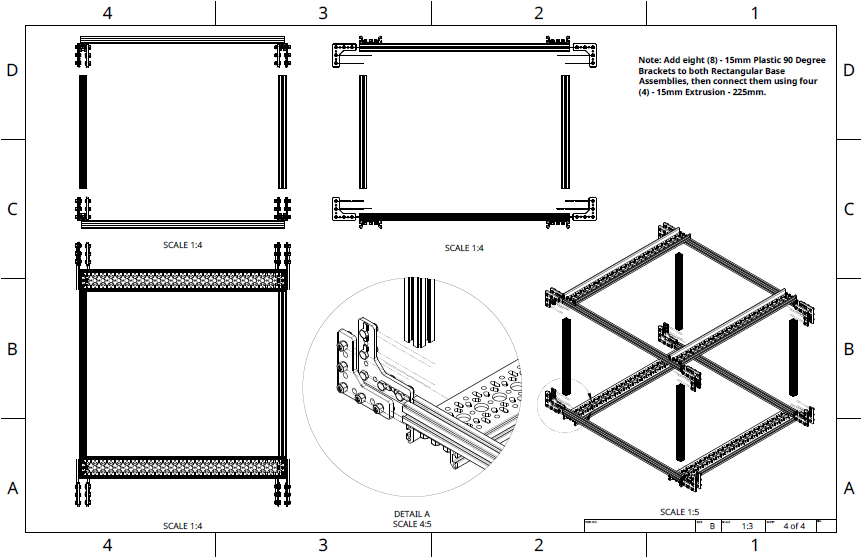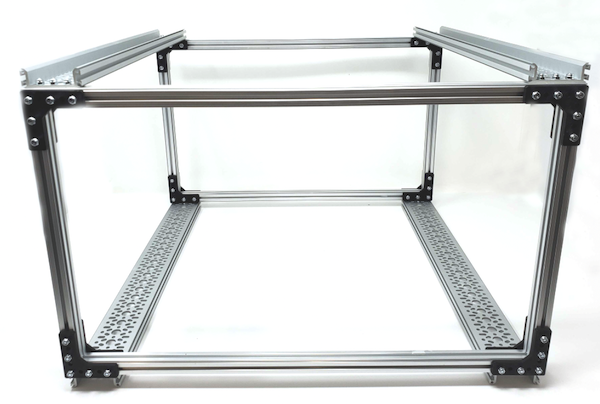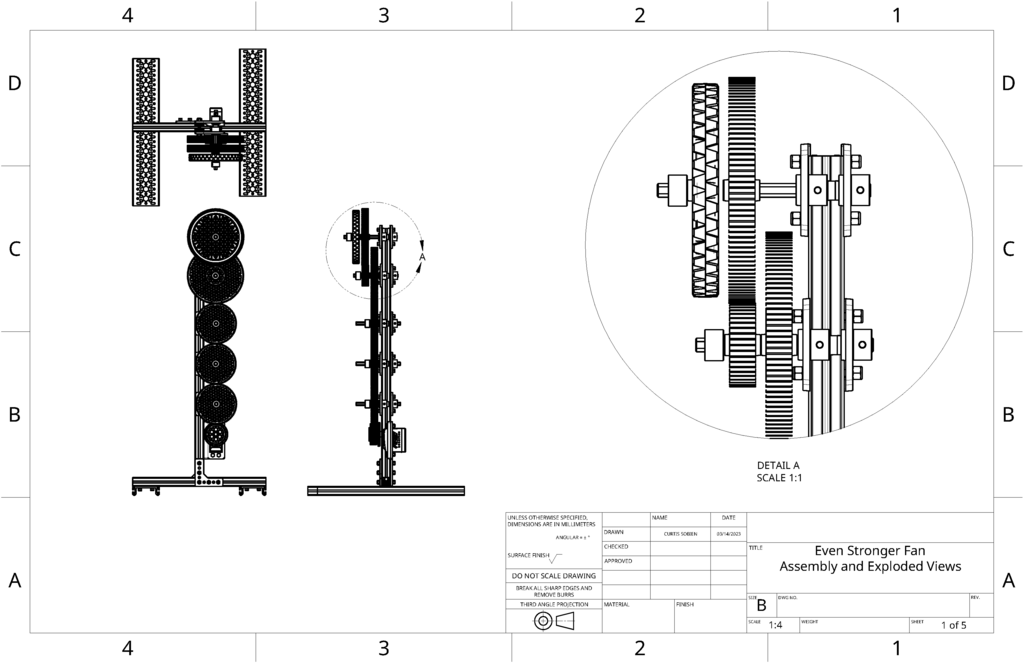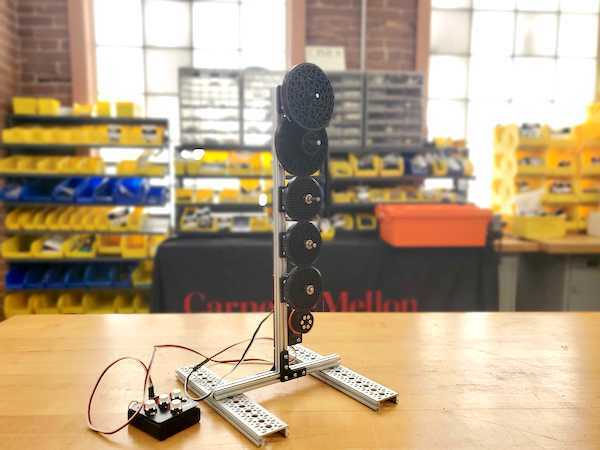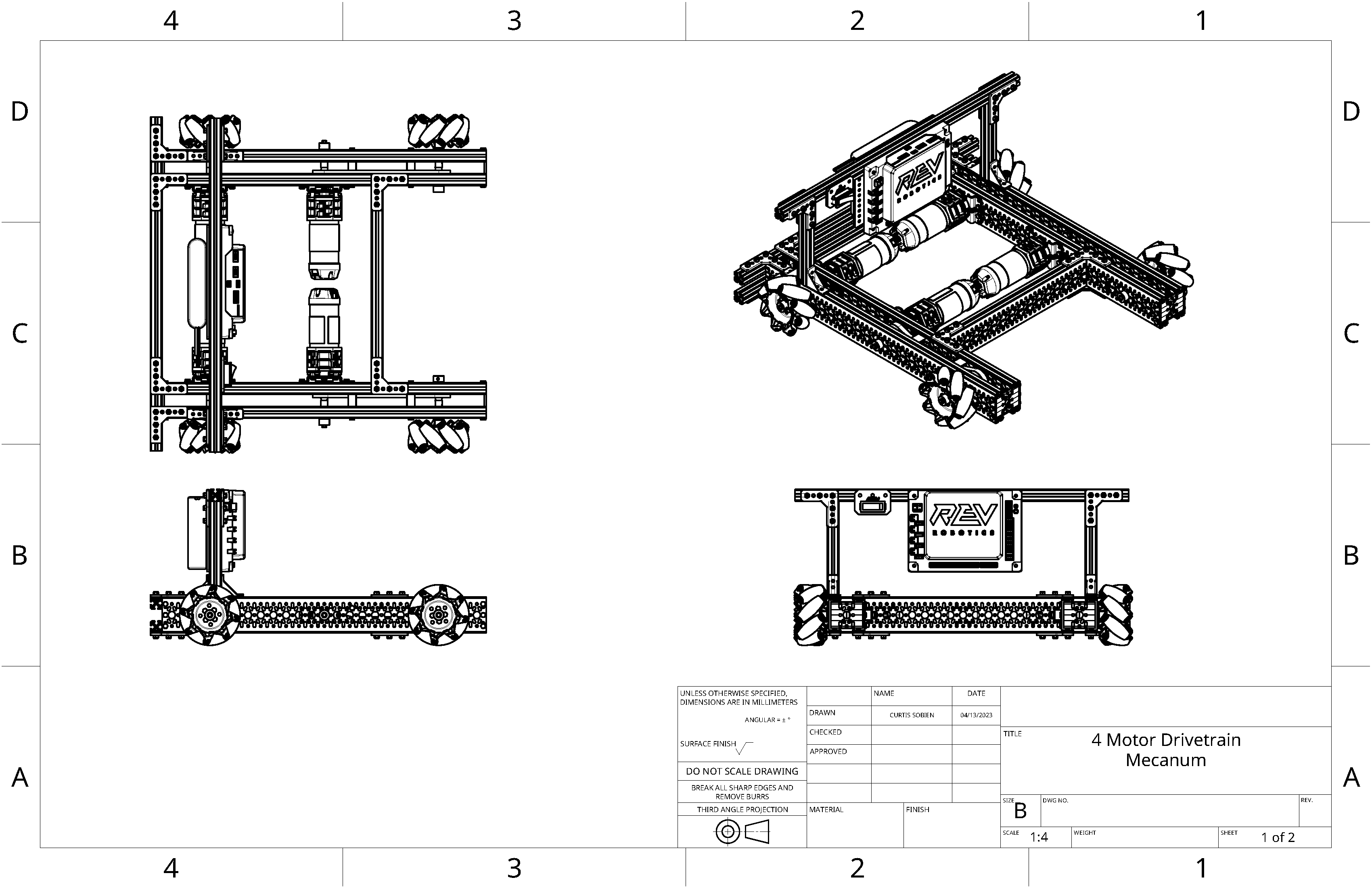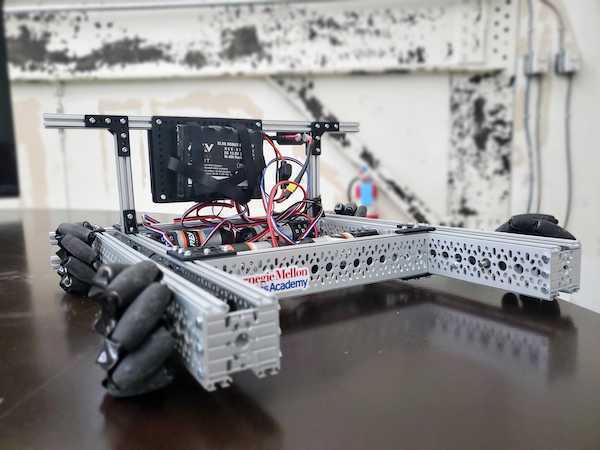
Mechanical Foundations with REV DUO
Mechanical Foundations provides participants with knowledge and hands-on experiences with a variety of tools and hardware components. By understanding the foundational mechanical principles that underpin robotics, participants develop the ability to design, construct, and maintain these systems with increased confidence and efficacy. The course covers topics such as structure, power transmission, motion, and mechanisms using hands-on activities with REV DUO kits.
As part of the SMART Robotics Technician Program, Mechanical Foundations is aligned to the knowledge, skills, and attitudes that robotics technicians need to be successful. The SMART Robotics Technician Program is endorsed by the ARM Institute.
There are two versions of Mechanical Foundations with REV DUO available that leverage two different control systems: one that uses the REV Control Hub and REV Driver Hub, and one that uses an Arduino and GoBilda Power Distribution Boards.
Mechanical Foundations is made up of 3 units. Each unit contains an introduction video that connects the participant to a real-world application, media-driven instructional content, evidence uploads, assessments, and a culminating project that asks students to apply what they’ve learned.
Unit 1: Strength, Stability, and Balance
This unit equips participants with the knowledge and skills needed to assemble stable robotic structures using tools and hardware in the REV DUO building system. Students begin by identifying important parts that create simple structures and then creating examples of those structures. In the project for this unit, students create a reinforcement crane to demonstrate an understanding of simple structural design.
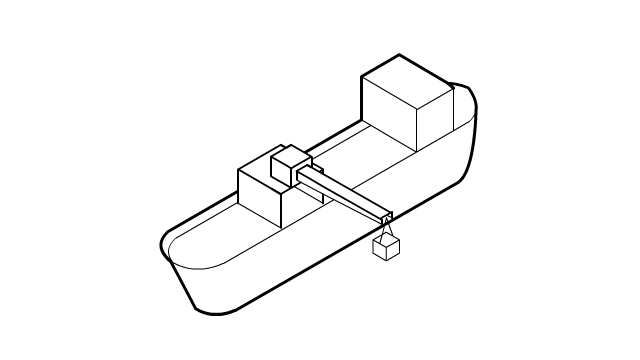
Unit 2: Motors, Transmissions, and Mechanical Advantage
An understanding of transmission of motion and mechanical advantage is fundamental to the design, operation, and maintenance of robotic systems. Participants learn that transmissions work alongside motors to allow systems to deliver more Torque or Speed. In this unit, students assemble several iterations of a motorized fan and observe the impacts on speed and torque. In the project for this unit, participants expand their design from Unit 1 to include a moving crane arm.
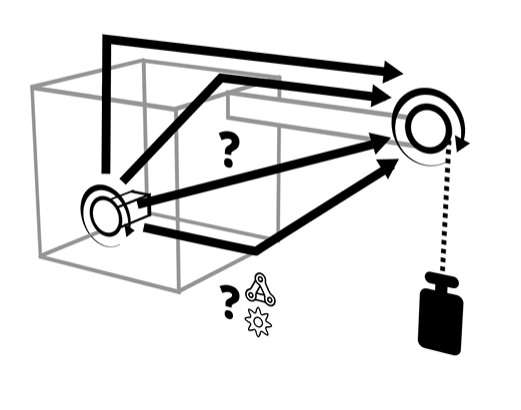
Unit 3: Drivetrains
Participants learn that drivetrains are comprised of the components that enable a robot to move, including the chassis, motors, wheels, gears, and transmission systems. A drivetrain can take many different forms depending on factors such as the terrain, speed requirements, and payload capacity of the robot. In this unit, participants will build and evaluate several types of drivetrains as preparation to design a custom drivetrain that can climb over obstacles.
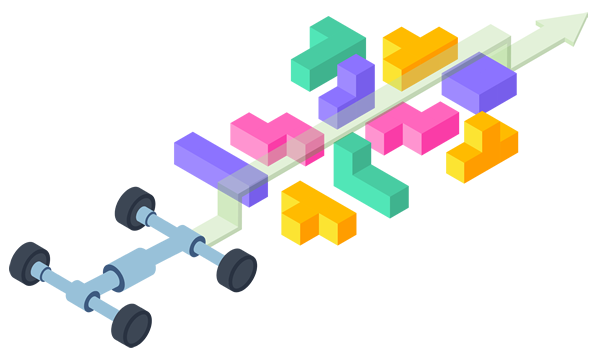
Training and Certification
Robotics is a powerful STEM organizer that allows for a diverse set of subjects to be integrated and taught in a rich context. Whether you’re a formal education teacher, an informal education facilitator, or a competition coach, if you’re looking to reach the most valuable and transferable learning outcomes with your students through robotics should enroll in the Carnegie Mellon Robotics Academy’s Certified Teacher Training. A certified educator has the opportunity to offer the Carnegie Mellon Robotics Academy certification within their own classrooms and learning environments, providing the students with evidence of their valuable experience that they can showcase.
- In Anytime Online training, educators learn at their own pace in our CS-STEM Network Learning Management System with support from the Robotics Academy from anywhere in the world.
As part of the training, teachers also learn how to use the CS-STEM Network (CS2N.org) to create “Groups” with their students, track progress, and collect assignments.
